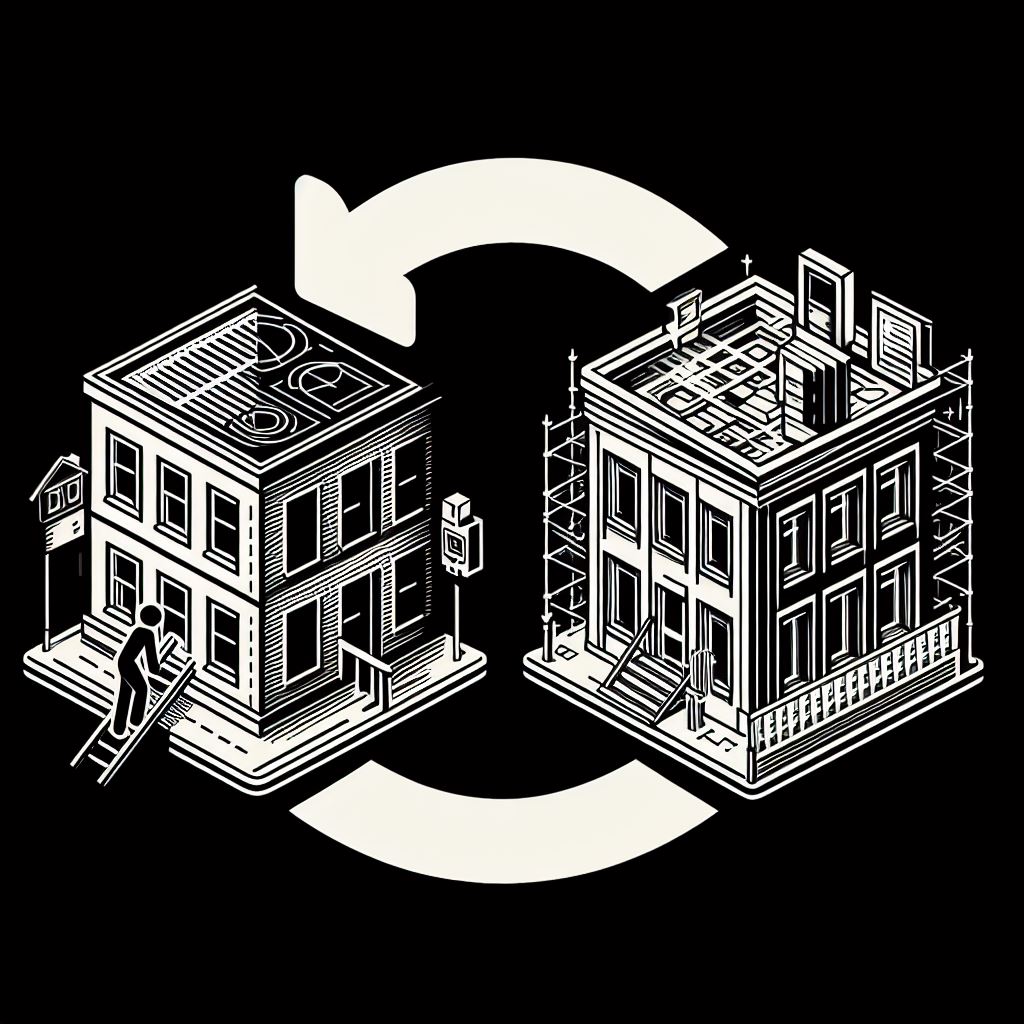- What Is a Digital Twin? A digital twin is like an archive—a repository that captures the past, present, and future of a building or infrastructure. It comprises three key components:
- Visualization: A visual replica of the asset, often based on 3D models and BIM (Building Information Modeling).
- Forecasting: The ability to simulate and predict future scenarios, considering various factors.
- Diagnostics: Insights into the asset’s performance, occupant behavior, and operational data.
- How Does Digital Twin Work?
- Integration: Digital twin integrates real-time data from sensors, utility meters, and building systems with intelligent multidimensional models.
- Awareness: A true digital twin understands real-world conditions, allowing it to simulate, predict, and inform decisions.
- BIM and Digital Twin Connection:
- Building Information Modeling plays a crucial role in creating accurate digital twins.
- BIM data extends beyond design and planning phases to construction and operations.
- Multidisciplinary models and data integration are essential for a valuable digital twin.
- Types of Digital Twins:
- Descriptive Twin (Level 1): Visual replica with live design and construction data.
- Informative Twin (Level 2): Integrates sensor data for real-time insights.
- Predictive Twin (Level 3): Uses analytics to identify potential issues.
- Comprehensive Twin (Level 4): Advanced modeling for future scenarios and recommendations.
- Autonomous Twin (Level 5): AI-driven decision-making and 3D visualization.
- Technologies Driving Digital Twins:
- Internet of Things (IoT): The backbone of digital twins, connecting physical entities to their digital counterparts. Real-time data from sensors establishes this connection.
- Artificial Intelligence (AI) and Machine Learning (ML): These technologies enable living digital simulation models that mirror changes in the physical world.
- Data Science: Analyzing vast datasets to enhance accuracy and predictive capabilities.
- Model-Based System Engineering (MBSE): Formalized modeling to support system requirements, design, analysis, and validation.
- Digital Twin Applications:
- Multi-Dimensional Insights: Digital twins provide views into design, performance, occupant behavior, space utilization, and traffic patterns.
- What-If Scenarios: Architects can test design changes, simulate weather impacts, and evaluate security events.
- Smart Farming: Beyond architecture, digital twins are also revolutionizing agriculture.
Digital twins are more than just technological marvels; they’re transformative tools for architects, engineers, and building operators. By seamlessly integrating real-time data, predictive modeling, and multidimensional insights, digital twins empower us to optimize building performance, enhance occupant experiences, and make informed decisions.
As technology continues to evolve, we’ll witness even more sophisticated digital twins—ones that blend AI, IoT, and data science to create living, adaptable replicas of our built environment. So, whether you’re designing a skyscraper, a smart home, or an entire city, keep digital twins in mind—they’re your allies in shaping a smarter, more sustainable future. 🌟
We Don’t Just Design Buildings; We Engineer Landmarks that Stand the Test of Time.
Let’em Know !
Share with friends and family.

